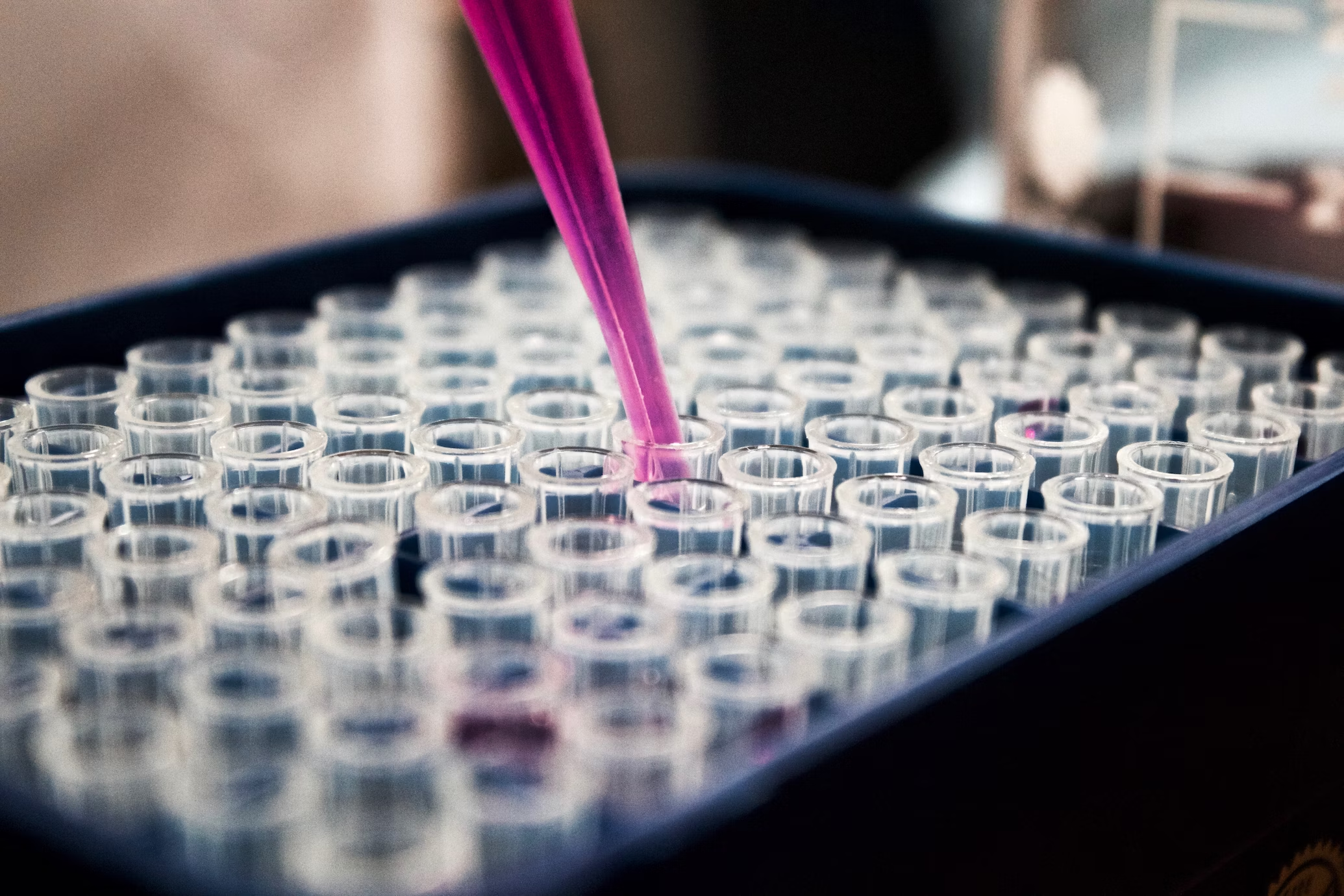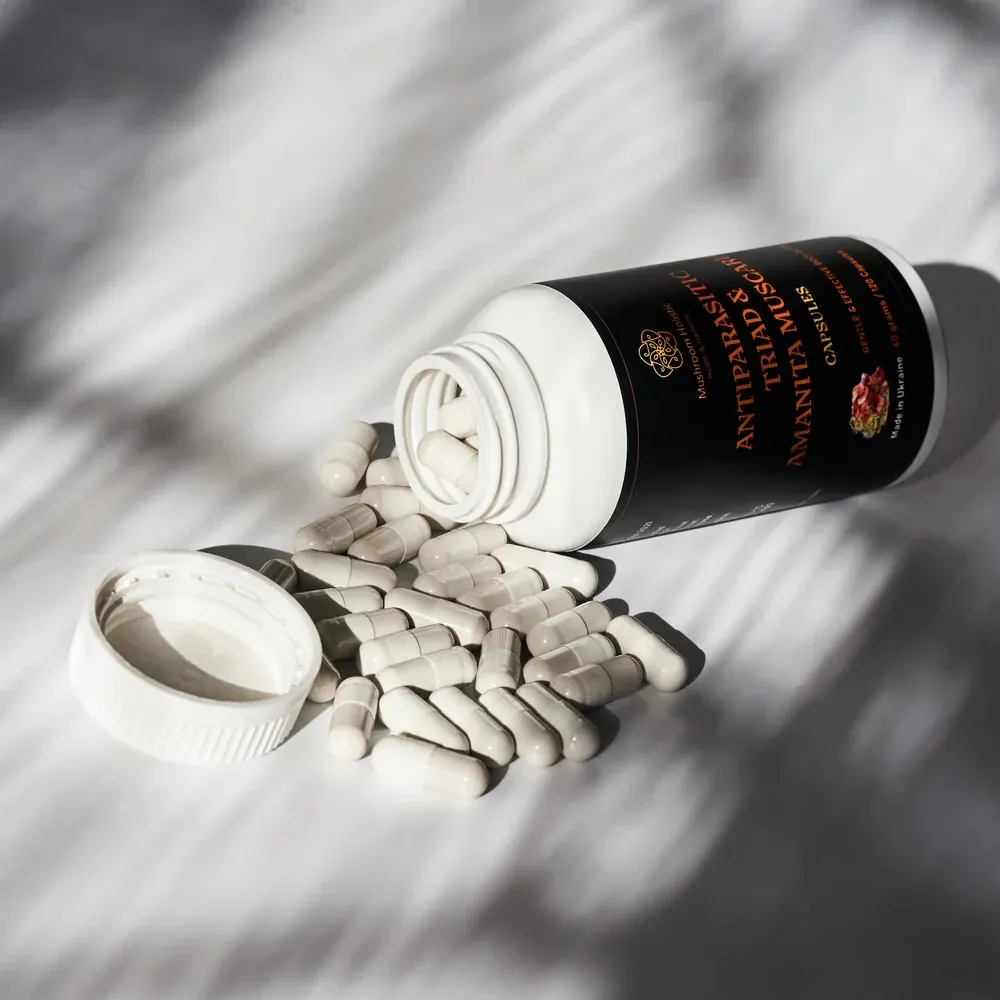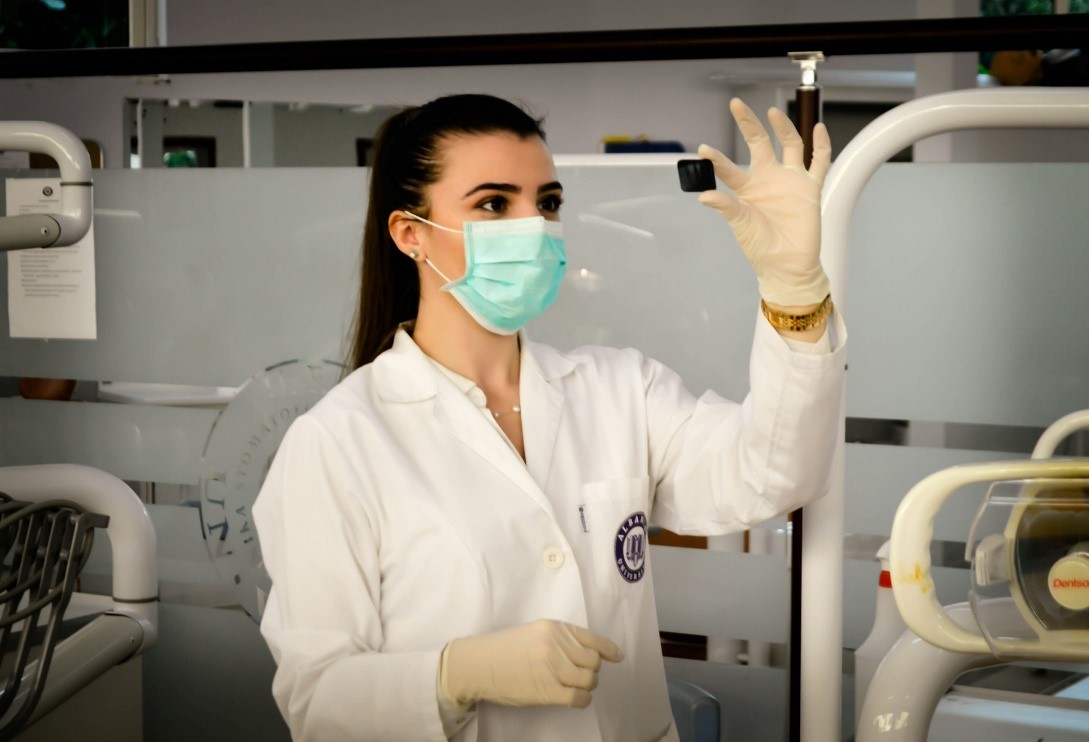With its recognizable red top and white dots, fly agaric (Amanita muscaria) has captured people’s attention for millennia. Around the world, shamanic rituals, folklore, and cultural practices all heavily incorporate this hallucinogenic fungus. Fly agarics have recently gained attention once more due to contemporary wellness and alternative therapy trends, especially in the form of microdosing. Although eating small quantities of dried fly agarics is becoming more popular, there is still discussion over the benefits, drawbacks, and possible uses of this practice.
Fly Agaric and its historic significance
In Siberia, Europe and some regions of Asia, fly agaric has a deep and lengthy history. Indigenous peoples have historically employed it in spiritual and shamanic ceremonies. In Siberian tribes, for example, shamans used the fungus to induce heightened levels of consciousness. These ceremonies frequently offered visions, encouraged healing, and made it easier to communicate with spirits. The Norse tale of berserkers, warriors who supposedly gained tremendous strength and anger after devouring the mushroom, is one example of how fly agaric is thought to have affected mythology.
Fly agaric has frequently been connected to magic, fairy tales, and mythology in the Western culture. Its use as a powerful and wondrous natural substance is reflected in literature and art. As more widely used psychedelics like psilocybin gained popularity, the mushroom, notwithstanding its cultural value, faded into obscurity.
Microdosing fly agarics – What does it mean?
Taking sub-perceptual amounts of a substance to provide mild therapeutic or psychological advantages without fully feeling the psychoactive effects is known as microdosing. Mushroom Holistic’s amanita muscaria capsules are one such example. Microdosing dried fly agarics usually entails consuming 0.1 to 0.3 grams of the mushroom on a regular basis. Fly agaric’s psychotropic effects are caused by its active ingredients, ibotenic acid and muscimol. Ibotenic acid is transformed into muscimol, which is thought to have gentler and less harmful effects, when the mushrooms are properly dried.
Microdosing Fly Agarics – What are the potential advantages?
Though scientific research on the topic is still in its early stages, proponents of microdosing fly agarics point to a number of advantages. Among the possible advantages are:
Improvement of Mood: By encouraging calmness and emotional equilibrium, microdosing may help reduce moderate cases of stress, anxiety, and depression.
Better Cognitive Function: In line with the invigorating benefits of low dosages, consumers report enhanced concentration, creativity, and problem-solving skills.
Pain reliever: Fly agaric has long been utilized as a natural pain reliever, especially for ailments affecting the nerves.
Sleep Regulation: Small amounts of muscimol may have a slight sedative effect that prevents grogginess and encourages sound sleep.
Side effects and risks of microdosing Fly Agaris
Microdosing fly agarics carries a number of serious hazards despite its possible advantages. Large amounts of the mushroom can be hazardous, and if it is not prepared properly, it can produce ibotenic acid poisoning, that can cause nausea, lightheadedness, and confusion. Furthermore, there can be wide variations in how each person reacts to muscimol, and a dosing error may cause undesirable psychoactive side effects.
Clinical studies on the long-term consequences of microdosing fly agarics are likewise lacking. Inaccuracies in dosage and purity offers hazards, just like with other substances that are not regulated. Symptoms may worsen in people who have chronic mental health issues including bipolar disorder or schizophrenia.


















